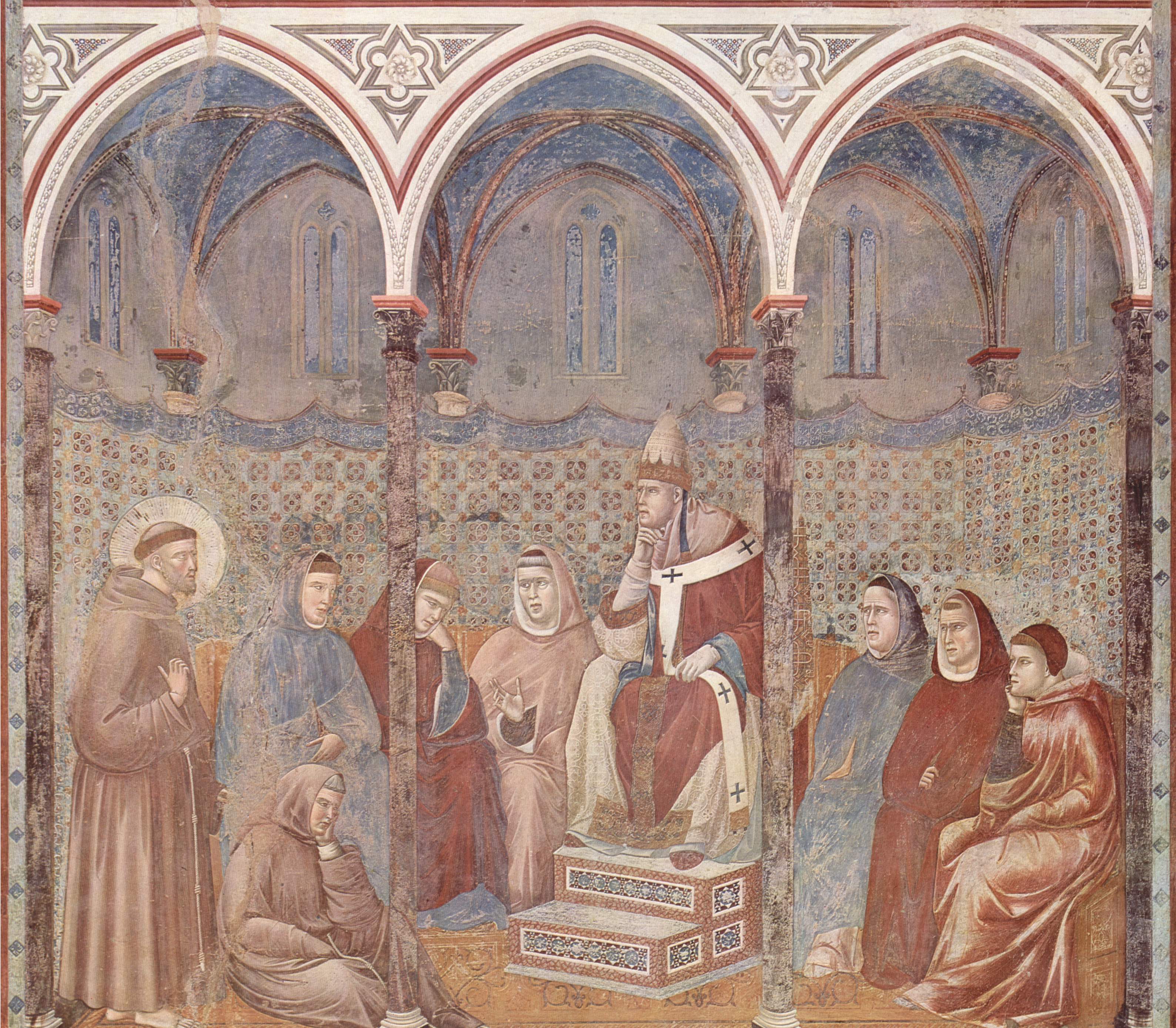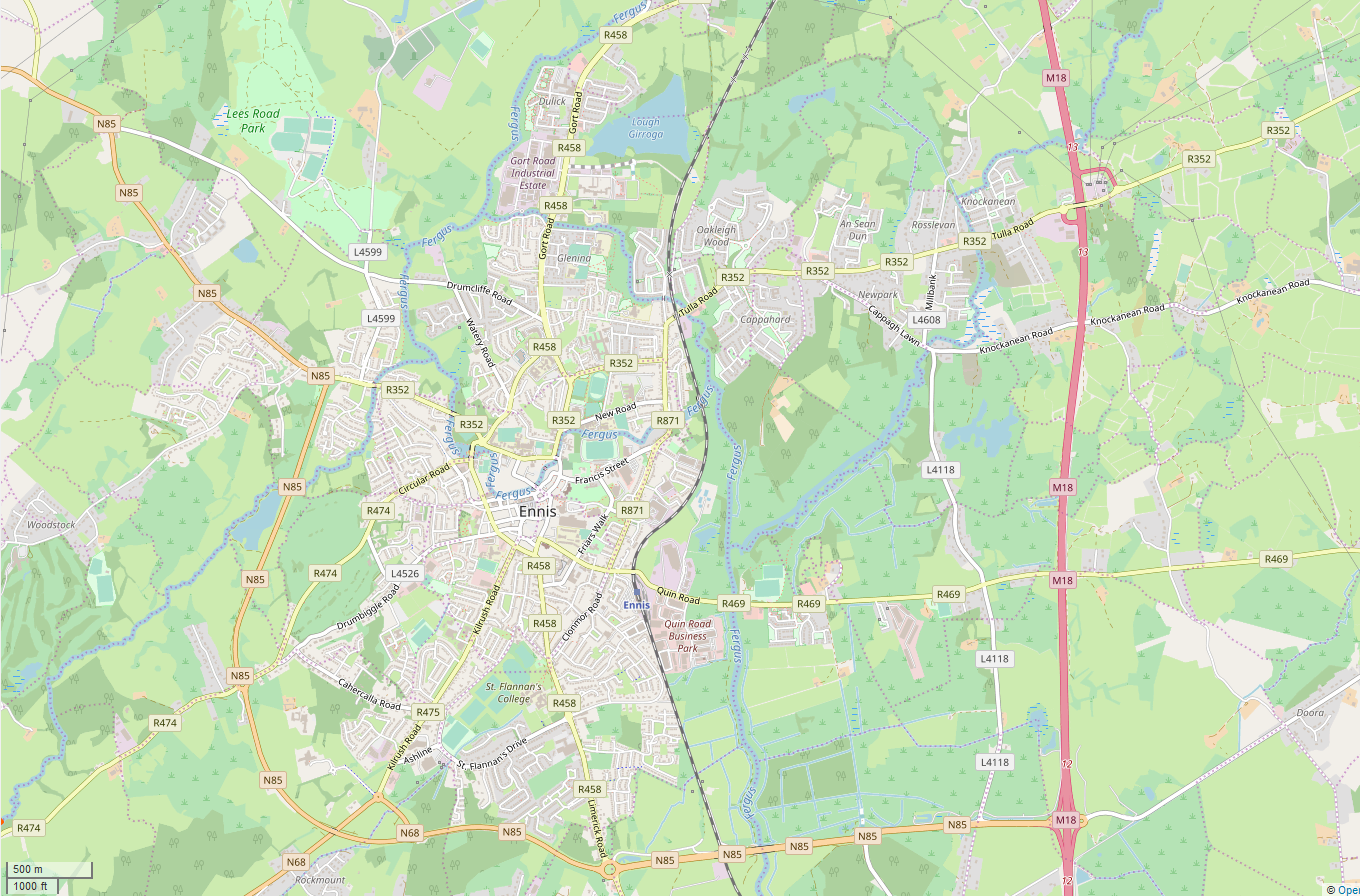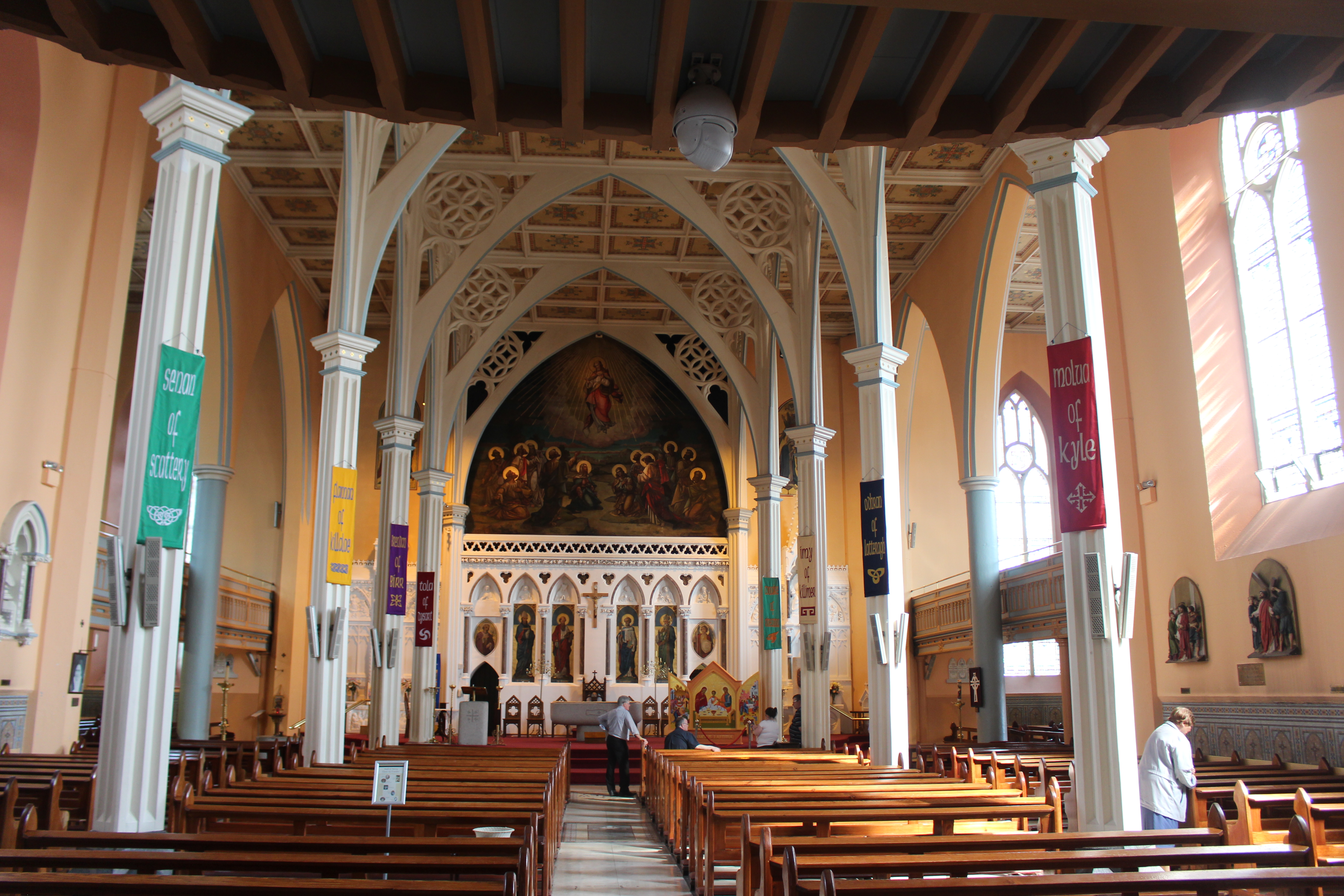|
Bishop Of Killaloe
The Bishop of Killaloe ( ) is an episcopal title which takes its name after the town of Killaloe in County Clare, Ireland. In the Roman Catholic Church it remains a separate title, but in the Church of Ireland it has been united with other bishoprics. History The Diocese of Killaloe was one of the twenty-four dioceses established at the Synod of Rathbreasail in 1111. The boundaries of the diocese consisted of almost all of County Clare, the northern part of County Tipperary and the western part of County Offaly. Its Irish name is ''Cill-da-lua'' (Church of Lua), so named from St Mo Lua, an abbot who lived in the late 6th century. At the Synod of Kells in March 1152, Killaloe some lost territory when the dioceses of Kilfenora, Roscrea and Scattery Island were created. Following the Reformation, there are now parallel Killaloe dioceses: one of the Church of Ireland and the other of the Roman Catholic Church. ; In Church of Ireland The pre-Reformation Cathedral Church of St ... [...More Info...] [...Related Items...] OR: [Wikipedia] [Google] [Baidu] |
Episcopal Polity
An episcopal polity is a hierarchical form of church governance in which the chief local authorities are called bishops. The word "bishop" here is derived via the British Latin and Vulgar Latin term ''*ebiscopus''/''*biscopus'', . It is the structure used by many of the major Christian Churches and denominations, such as the Catholic, Eastern Orthodox, Oriental Orthodox, Church of the East, Anabaptist, Lutheran, and Anglican churches or denominations, and other churches founded independently from these lineages. Many Methodist denominations have a form of episcopal polity known as connexionalism. History Churches with an episcopal polity are governed by bishops, practising their authorities in the dioceses and conferences or synods. Their leadership is both sacramental and constitutional; as well as performing ordinations, confirmations, and consecrations, the bishop supervises the clergy within a local jurisdiction and is the representative both to secular structure ... [...More Info...] [...Related Items...] OR: [Wikipedia] [Google] [Baidu] |
Cathedra
A ''cathedra'' is the throne of a bishop in the early Christian basilica. When used with this meaning, it may also be called the bishop's throne. With time, the related term ''cathedral'' became synonymous with the "seat", or principal church, of a bishopric. The word in modern languages derives from a normal Greek word καθέδρα 'kathédra'' meaning "seat", with no special religious connotations, and the Latin ''cathedra'', specifically a chair with arms. It is a symbol of the bishop's teaching authority in the Catholic Church, the Orthodox Church, and the Anglican Communion churches. Etymology The English word "cathedra", plural cathedrae, comes from the Latin word for "armchair", itself derived from the Greek (καθέδρα). After the 4th century, the term's Roman connotations of authority reserved for the Emperor were adopted by bishops. It is closely related to the etymology of the word chair. ''Cathedrae apostolorum'' The term appears in early Chr ... [...More Info...] [...Related Items...] OR: [Wikipedia] [Google] [Baidu] |
Bishop Of Annaghdown
The Bishop of Annaghdown (or Annadown, Enachdune, Eanach Dúin) is an Episcopal polity, episcopal title which takes its name after the small village of Annaghdown in County Galway, Ireland. The bishop was originally the Ordinary (Catholic Church), ordinary of the diocese of Annaghdown, which was established in the 12th century. The cathedral had a Dean (religion), dean, Cathedral chapter, chapter and four vicars choral. Between 1253 and 1306, the bishopric was united to the Archbishop of Tuam, archbishopric of Tuam, although in this period there were two bishops. During the Reformation in Ireland, Reformation, there were two bishoprics; one of the Church of Ireland and the other of the Roman Catholic Church. They were re-united under Mary I of England, Queen Mary I. After 1555, Annaghdown was held by the Archbishops of Tuam. The union of the two was finally decreed on 17 October 1580.Fryde, ''Handbook of British Chronology'', pp. 378 and 413. In 1970, the Roman Catholic Church r ... [...More Info...] [...Related Items...] OR: [Wikipedia] [Google] [Baidu] |
Eugenius Ó Faoláin
Eugenius Ó Faoláin was Bishop of Kilmacduagh during 1409–1418. Appointed 23 September 1409 (papal bulls expediated 25 May 1410), he was translated to Killaloe on 6 July 1418. His surname is anglicised as Whelan and Phelan. Though mainly found in Leinster and Munster, it is also native to Connacht. References Bibliography * ''The Surnames of Ireland'', Edward MacLysaght Edgeworth Lysaght, later Edward Anthony Edgeworth Lysaght, and from 1920 Edward MacLysaght (; 6 November 1887 – 4 March 1986) was a genealogist of twentieth-century Ireland. His numerous books on Irish surnames built upon the work of Rev. Pat ..., 1978. * ''A New History of Ireland: Volume IX - Maps, Genealogies, Lists'', ed. T.W. Moody, F.X. Martin, F.J. Byrne, pp. 322–324. Bishops of Kilmacduagh 15th-century Roman Catholic bishops in Ireland Bishops of Killaloe Place of birth missing Year of birth missing Year of death missing {{Medieval-bishop-stub ... [...More Info...] [...Related Items...] OR: [Wikipedia] [Google] [Baidu] |
Diocese Of Lichfield
The Diocese of Lichfield is a Church of England diocese in the Province of Canterbury, England. The bishop's seat is located in the Cathedral Church of the Blessed Virgin Mary and Saint Chad in the city of Lichfield. The diocese covers of several counties: almost all of Staffordshire, northern Shropshire, a significant portion of the West Midlands, and very small portions of Warwickshire and Powys (Wales). History The Diocese of Mercia was created by Diuma in around 656 and the see was settled in Lichfield in 669 by the then bishop, Ceadda (later Saint Chad), who built a monastery there. At the Council of Chelsea in 787, Bishop Higbert was raised to the rank of archbishop and given authority over the dioceses of Worcester, Leicester, Lindsey, Hereford, Elmham and Dunwich. This was due to the persuasion of King Offa of Mercia, who wanted an archbishop to rival Canterbury. On Offa's death in 796, however, the Pope removed the archiepiscopal rank and restored the dioc ... [...More Info...] [...Related Items...] OR: [Wikipedia] [Google] [Baidu] |
Donat O'Kennedy
Donat O'Kennedy was Archdeacon then Bishop of Killaloe The Bishop of Killaloe ( ) is an episcopal title which takes its name after the town of Killaloe in County Clare, Ireland. In the Roman Catholic Church it remains a separate title, but in the Church of Ireland it has been united with other bis ... from 1231 until 1252.""The diocesan history of Killaloe, Kilfenora, Clonfert, and Kilmacduagh (A.D. 639-A.D. 1886)" Cooke, E.A p17: Dublin, E.Ponsonby, 1886 References 13th-century Roman Catholic bishops in Ireland Archdeacons of Killaloe Bishops of Killaloe Date of birth unknown Date of death unknown Place of birth unknown {{Ireland-RC-bishop-stub ... [...More Info...] [...Related Items...] OR: [Wikipedia] [Google] [Baidu] |
Pope Honorius III
Pope Honorius III (c. 1150 – 18 March 1227), born Cencio Savelli, was head of the Catholic Church and ruler of the Papal States from 18 July 1216 to his death. A canon at the Basilica di Santa Maria Maggiore, he came to hold a number of important administrative positions, including that of Camerlengo. In 1197, he became tutor to the young Frederick II. As pope, he worked to promote the Fifth Crusade, which had been planned under his predecessor, Innocent III. Honorius repeatedly exhorted King Andrew II of Hungary and Emperor Frederick II to fulfill their vows to participate. He also gave approval to the recently formed Dominican and Franciscan religious orders. Early work He was born in Rome as a son of Aimerico, a member of the Roman Savelli family. For a time canon at the church of Santa Maria Maggiore, he later became Camerlengo of the Holy Roman Church on December 5, 1189 and Cardinal Deacon of Santa Lucia in Silice on 20 February 1193. Under Pope Clement III and P ... [...More Info...] [...Related Items...] OR: [Wikipedia] [Google] [Baidu] |
Archbishop Of Cashel
The Archbishop of Cashel () was an archiepiscopal title which took its name after the town of Cashel, County Tipperary in Ireland. Following the Reformation, there had been parallel apostolic successions to the title: one in the Catholic Church and the other in the Church of Ireland. The archbishop of each denomination also held the title of Bishop of Emly. In the Catholic Church, it was superseded by the role of Archbishop of Cashel and Emly when the two dioceses were united in 2015 and in the Church of Ireland the title was downgraded to a bishopric in 1838. History Pre-Reformation In 1118, the metropolitan archbishoprics of Armagh and Cashel were established at the Synod of Ráth Breasail. The archbishop of Cashel had metropolitan jurisdiction over the southern half of Ireland, known as Leth Moga. At the Synod of Kells in 1152, the metropolitan see of Cashel lost territory on the creation of the metropolitan archbishoprics of Dublin and Tuam. The pre-Reformation arch ... [...More Info...] [...Related Items...] OR: [Wikipedia] [Google] [Baidu] |
Fintan Monahan
Fintan Monahan KC*HS (born 23 January 1967) is an Irish Roman Catholic prelate who has served as Bishop of Killaloe since 2016. Early life Monahan was born in Tullamore, County Offaly, on 23 January 1967, one of three children to Tom Monahan and his wife Peg (née Conneely). He moved with his family to An Cheathrú Rua, County Galway, in 1980 where his father was principal at Scoil Chuimsitheach Chiaráin, and subsequently to his mother's native Castlegar in 1996. Monahan attended primary school in Tullamore and secondary school in Scoil Chuimhsotheach Chiaráin, An Cheathrú Rua, before studying for the priesthood in St Patrick's College, Maynooth, in 1984, completing a Bachelor of Science in NUI Maynooth, in 1987, and a Bachelor of Divinity in the Pontifical University in 1990. He was ordained a priest for the Archdiocese of Tuam on 16 June 1991. Presbyteral ministry Monahan's first pastoral assignment was as curate in An Tulach, Baile na hAbhann, between 1992 an ... [...More Info...] [...Related Items...] OR: [Wikipedia] [Google] [Baidu] |
Roman Catholic Diocese Of Killaloe
The Diocese of Killaloe ( ; ) is a Latin diocese of the Catholic Church in mid-western Ireland, one of six suffragan dioceses in the ecclesiastical province of Cashel and Emly. The cathedral church of the diocese is the Cathedral of Ss Peter and Paul in Ennis, County Clare. The incumbent bishop of the diocese is Fintan Monahan. Geography The diocese is divided into 58 parishes, which are spread across five counties: 38 in Clare, thirteen in Tipperary, five in Offaly, one in Limerick, and one group parish in Laois. The parishes are grouped into 15 Pastoral Areas, where groups of priests are appointed to cover a number of parishes between them. As of 2018, there were 90 priests in the diocese: 52 under and 38 over the mandatory retirement age of 75. However, by 2020, this had decreased to 70: 36 under and 34 over 70. Aside from the cathedral town of Ennis, the main towns in the diocese are Birr, Kilrush, Nenagh, Roscrea Roscrea () is a market town in County Tippe ... [...More Info...] [...Related Items...] OR: [Wikipedia] [Google] [Baidu] |
Ennis
Ennis ( , meaning 'island' or 'river meadow') is the county town of County Clare, in the mid-west of Ireland. The town lies on the River Fergus, north of where the river widens and enters the Shannon Estuary. Ennis is the largest town in County Clare, with a population of 27,923, making it the 6th largest town, and 11th largest urban settlement, as of the 2022 census. Dating from the 12th century the town's Irish name is short for , deriving from its location between two courses of the River Fergus. Ennis has had considerable success in the Irish Tidy Towns competition. In 2005 and 2021, the town was named Ireland's tidiest town, and was named Ireland's tidiest large urban centre on multiple occasions. The town straddles two baronies. Most of the town, including its historic centre, is in the Barony of Islands. However, the eastern and north-eastern edges of the town are in the Barony of Bunratty Upper. History The name Ennis derives from the Irish word "Inis", mea ... [...More Info...] [...Related Items...] OR: [Wikipedia] [Google] [Baidu] |
St Peter And St Paul Cathedral, Ennis
The Cathedral of Saints Peter and Paul (also known as Ennis Cathedral), is the cathedral church of the Roman Catholic Diocese of Killaloe. It is located in Ennis, County Clare, Ireland. History The site of the cathedral was donated to the diocese in 1828 for the construction of a parish church for Ennis. Building works were commenced and continued with slow progress, and the unfinished church was first used to hold Mass in 1842. The church was then dedicated to saints Peter and Paul a year later. Development of the church largely stopped during the Great Famine, but afterwards works to the interior design of the church were undertaken. The tower and spire of the church were completed in 1874. The parish church was elevated to pro-cathedral status in 1889, with the Bishop taking residence in Ennis. In 1890, Thomas J. McRedmond became the Bishop of Killaloe, and decided to base the bishopric at the church in Ennis. Thus, the parish church was designated as the pro-cathedral of ... [...More Info...] [...Related Items...] OR: [Wikipedia] [Google] [Baidu] |





